Apply What You Learn to Real Life
Seems like nowadays STEM education is the new big thing. However, one may often wonder if STEM has real-life applications? Well, today we will be looking at Real-life Applications of STEM.

Kid being taught in the STEM way
What is STEM?
STEM education is the purposeful integration of science, technology, engineering, and mathematics. As well as their associated practices, to create a student-centered educational environment in which students explore and develop solutions to problems. They establish evidence-based interpretations of real-world occurrences with an emphasis on a student’s social, personal, physiological, and academic needs, with the help of schools, families, and community partners.
Real-life application of STEM.
These simple, real-life scenarios can provide context for your children while also strengthening their interest in learning more about and grasping the actual relevance of STEM skills.
Give your children the following examples, and then ask them to come up with a personal example of how they’ve used each of these STEM skills in their everyday lives.
Baking
While baking with your children, you can instruct them on math lessons. Kids can learn addition and subtraction while using measuring cups and food scales to calculate various quantities added to recipes. Baking has a calming ability that enables kids to observe how objects change shape. Furthermore, your children will watch how you handle a variety of issues that may arise during the baking process, like changing the metrics system to accommodate the recipe you are making.
Cleaning
Another daily activity where the kids learn a lot about STEM is cleaning. Children gain a basic understanding of chemicals by using DIY cleaners, which contain various ingredients and cleaning agents. They also learn math by counting how many different cleaning materials are used to make DIY cleansers and what percentage of each chemical is used based on concentration. Vacuum cleaners and other cleaning equipment are fascinating to watch in action and can be thought-provoking. Ask them how a vacuum cleaner works. You will be surprised at the out-of-the-box ideas they would present.
Shopping
Shopping is another exemplary way to incorporate STEM education into daily life. You can describe what you’ll need and how much each item on the list will cost while making your shopping list.
You can discuss the costs with your child and teach them the simple calculations that we all do on a daily basis. If you want to add another dimension to this, tell them about discounts and ask them which product would be the cheapest to buy.
While going on a joy ride.
Use your travel time with your child to teach them about speed, velocity, distance, and other concepts.
Tell them about airplanes and how fast they can travel. Discuss how the future will be dominated by electric vehicles and ask them why they think It is essential to have electric cars in the future. You can explain space travel and what they believe to be out there.
Take a look at the Problem-Solving section.
Some situations are not always as simple and straightforward as we would like. As a result, we must adapt to the situation and find solutions. It’s a great way to get your kids involved in the process while also teaching them how to solve problems.
Every day, we are confronted with various difficult situations in which we must improvise and find a solution. You can inquire about and demonstrate multiple approaches to solving a problem to your child.
With that being said, what if you want your kids to start with STEM? Well, we have the answer for you!
Introducing LearnOBots
LearnOBots strives to provide STEAM education to youngsters in order to prepare them for the ever-changing workplace. Their STEAM program includes a variety of sessions that cover anything from the fundamentals of robotics to practical skills. Line-following robots, obstacle-avoiding robots, and other projects are among the projects that students work on. You won’t have to worry about the nitty-gritty details with their well-prepared activities and curriculum; they’ll take care of everything!
Many students have already taken the camp and have produced unique projects. Some of the successful projects included an IoT project featured on MIT’s app inventor website, a water sensor project featured on Hackaday’s website and a minion tea maker robot.
You can learn more about these projects, the steam camp, and many parents’ testimonials here: STEAM Camp – LearnOBots.
Sneak peek Into Modules
LearnOBots features around 15 modules, one of which is programming.
Modules dedicated specifically to teaching youngsters programming are also available at their STEAM camps. They begin by exposing children to the concept of logic through the use of simple programming blocks. Children can lay a good foundation without alien syntax. They’ll study the essentials of loops, conditionals, variables, and functions, essentially all of the programming’s fundamentals.
The students are then exposed to two programming languages: JavaScript and C++. This is where they’ll use what they’ve learned about blocks in a more technical way. They’ll have the opportunity to work on a calculator, a quiz app, and other entertaining projects.
They also teach Robotics! There are many approaches to robotics hardware. To code your hardware, you can use Arduino, an easy-to-use microcontroller, IoT kits, which enable you to automate everyday chores like turning on a light bulb, or CodiBot, an educational robot. And LearnOBots guides students through it all! Moreover, by providing their curriculum and support.

